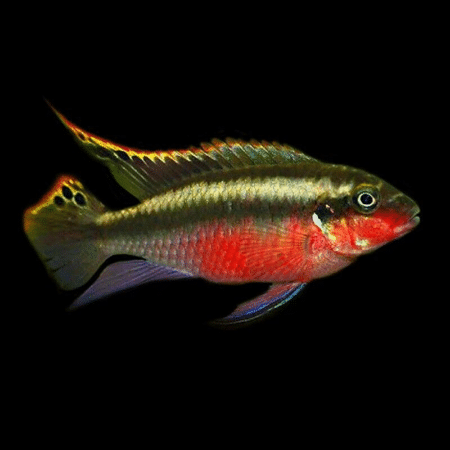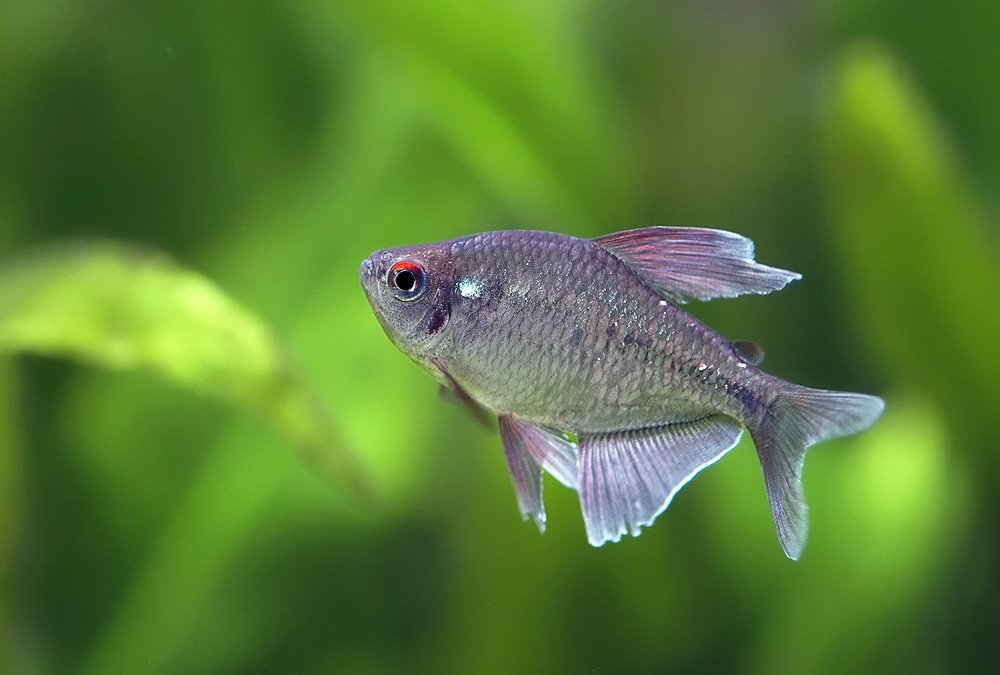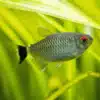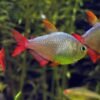To provide the best experiences, we use technologies like cookies to store and/or access device information. Consenting to these technologies will allow us to process data such as browsing behaviour or unique IDs on this site. Not consenting or withdrawing consent, may adversely affect certain features and functions.
The technical storage or access is strictly necessary for the legitimate purpose of enabling the use of a specific service explicitly requested by the subscriber or user, or for the sole purpose of carrying out the transmission of a communication over an electronic communications network.
The technical storage or access is necessary for the legitimate purpose of storing preferences that are not requested by the subscriber or user.
The technical storage or access that is used exclusively for statistical purposes.
The technical storage or access that is used exclusively for anonymous statistical purposes. Without a subpoena, voluntary compliance on the part of your Internet Service Provider, or additional records from a third party, information stored or retrieved for this purpose alone cannot usually be used to identify you.
The technical storage or access is required to create user profiles to send advertising, or to track the user on a website or across several websites for similar marketing purposes.
















Emily Carter (verified owner) –
I recently added 6 Diamond Tetras (Moenkhausia pittieri) to my 55-gallon community tank, and I couldn’t be happier with the decision! These tropical fish have such a vibrant shimmer that truly lights up the aquarium. I’ve had them for about two months now, and they’ve adapted beautifully. Watching them swim around is like seeing a dance unfold—especially when they shoal together. Compared to my previous experience with Neon Tetras, the Diamond Tetras exhibit a bit more personality and are slightly larger, making them even more captivating to observe.
I ensure their environment is well-planted with plenty of hiding spots and soft lighting, which they seem to thrive in. I also love how peaceful they are with my other fish; they get along wonderfully! One small note: they do appreciate slightly warmer water, so make sure to keep your heater in check. Overall, I highly recommend these stunning fish for anyone looking to enhance their aquarium. Any hobbyist, whether you’re new or experienced, will find joy in keeping these lovely creatures. I’m definitely considering getting more soon!
Emily Carter (verified owner) –
I recently purchased 6 X Diamond Tetra (Moenkhausia pittieri) for my community tank, and I couldn’t be happier! These little beauties have settled in beautifully over the past two weeks and have quickly become the stars of my aquarium. Their shimmering scales catch the light perfectly, creating a stunning display that draws admiration from everyone who visits. I’ve had experience with other tetras, but these guys are truly special. They’re exceptionally peaceful and get along well with my other fish, making them ideal for beginners and seasoned aquarists alike.
One thing I appreciate is how easy they are to care for, which is perfect for anyone just starting out. I did notice that they prefer slightly dim lighting, so I adjusted my aquarium setup a bit, and they seem much happier now. A minor concern is that they can be a bit shy initially, so providing some plants and hiding spots really helps them flourish. Overall, I highly recommend the Diamond Tetra for anyone looking to add a splash of color and life to their community tank. You won’t regret it!